With drastic troop cuts is US handing over Af-Pak to China?
Till the Afghan National Security Forces (ANSF) are confident and sufficiently armed to stabilize the country, it would be prudent for the US to retain troop strength between 5000-8000 in Afghanistan, writes Lt Gen Prakash Katoch (retd) for South Asia Monitor
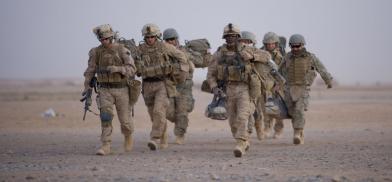
Notwithstanding the bogey of the US-Taliban peace deal which has resulted in heightened violence and killings in Afghanistan, the US has not been able to achieve its counter-terrorism objectives in the Af-Pak region. America’s flip-flop policy has helped the Taliban become stronger, forcing the US to raise the peace flag.
President Donald Trump’s decision for reducing the US troops to 2,500 in Afghanistan by January 15 signals US endgame in Afghanistan or at best retains peripheral influence, unless the President-elect Joe Biden administration, inducts more troops after Trump leaves the office.
Trump’s strategy for Afghanistan
Given the recurring interruptions in the intra-Afghan dialogue with the spate of terror attacks, would Trump have reduced the troop strength drastically in such an abrupt manner if he had won a second presidential term?
Apparently, he is doing so out of frustration after having lost the election and the desire to leave as many problems for his successor, as exhibited by the manner in which he continued to block the transition of power.
It would not be surprising if the residual troops planned to be left behind spend most of their time ducking missile and mortar fire of the Taliban who will likely come at them with the pent up vengeance of two decades, egged on by their supporters - China and Pakistan.
From Obama to Trump - America's troop deployment
Within a month of becoming POTUS in January 2009, Barack Obama ordered the dispatching of 17,000 additional US troops to augment the 36,000 already in Afghanistan. In December 2009, Obama announced sending 30,000 more troops to Afghanistan and subsequently planned troop pullout in July 2011; complete drawdown by the end of 2014.
The aim was to bring the Taliban down on their knees, which did not happen because of multiple reasons, including weaknesses in Afghan National Army (ANA), poor training and short tenures (five-year), high rate of desertions, insufficient numbers, lack of integral artillery, air support, medical, maintenance, and logistics, to name a few.
In October 2015, Obama wanted the US troop strength in Afghanistan brought down to 5,500 by the end of the year and the US Embassy in Afghanistan reduced to normal levels, guarded by marines as in other missions abroad. However, he changed his decision in 2016 by saying that the US will maintain its current force of 9,800 through most of 2016 and begin drawdown to 5,500 later that year or in early 2017.
On becoming president in January 2017, Trump wanted to cut the number of US troops in Afghanistan based on his pre-election promises till General John Nicholson, Commander, Resolute Support and US Forces Afghanistan, personally went to brief him.
On August 20, 2017, Trump unveiled his strategy for AF-Pak without mentioning troop strength. He lashed out at Pakistan saying, “We can no longer be silent about Pakistan's safe havens for terrorist organizations, the Taliban, and other groups that pose a threat to the region and beyond… We have been paying Pakistan billions and billions of dollars at the same time they are housing the very terrorists that we are fighting. But that will have to change, and that will change immediately.”
Trump ordered 4,000 additional troops to Afghanistan, adding to the 11,000 already there. In October 2019, General Austin Miller, who had succeeded Nicholson revealed that 15,000 US troops in Afghanistan had already been reduced to 13,000. Under the US-Taliban agreement of February 29, 2020, the US is to withdraw troops in 14 months if the Taliban uphold the terms of the agreement; reduce 5000-8,500 within 135 days of the agreement and if the Taliban abide by the agreement withdraw balance troops. By June 18, the US had reduced its troops in Afghanistan to 8,600.
Before Trump’s televised speech of August 20, 2017, General Nicholson while reviewing the security situation in Afghanistan had stated that there are 20 US-designated terrorist groups in Af-Pak (13 in Afghanistan and seven in Pakistan) and their convergence was a big concern. He also expressed concern over support to insurgent-terrorist groups inside Afghanistan by external actors, particularly Pakistan, Russia, and Iran.
Fluctuating US policy
Fluctuating US policy on Afghanistan allowed Taliban to grow stronger, some examples of which are: US troops were withdrawn from Taliban stronghold in Helmand province, retaking of which later became that much harder; Taliban were permitted to establish in Badakhshan region, which never earlier had Taliban presence, in order to pressure Russian presence in Tajikistan; US Special Forces were not allowed to assist the Afghan Army when Taliban attacked Kunduz for a prolonged period, and: no action was taken against terrorist sanctuaries and support bases inside Pakistan along Afghan-Pakistan border or elsewhere.
Opinion within the US is divided over the US troop drawdown in Afghanistan, for it is not making any difference to serious concerns about destabilizing effect on the region. However, the new administration under POTUS-elect Joe Biden, particularly Antony Blinken and Jake Sulivan designated Secretary of State and National Security Advisor respectively, must examine the following: Has the Taliban really kept its side of the deal and can they be relied upon for not letting the region generate terrorism against the US and its allies? Has Pakistan changed from what Trump and Nicholson said? And the strategic consequences for the US is handing over the region to China when the latter has already subsumed Pakistan and tightened its embrace with Iran along with the People's Liberation Army (PLA) presence in both countries?
Till the Afghan National Security Forces (ANSF) are confident and sufficiently armed to stabilize the country, it would be prudent for the US to retain troop strength between 5000-8000 in Afghanistan.
ISIS has rebounded in Iraq. The resurgence and convergence of terrorist organizations in Afghanistan are certain after the US drawdown. Why would China not use them strategically, having the US already reeling under the coronavirus?
(The author is an Indian Army veteran. Views expressed are personal)




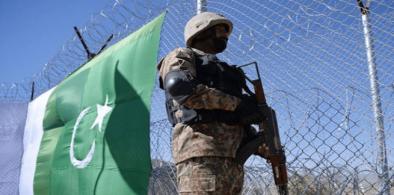


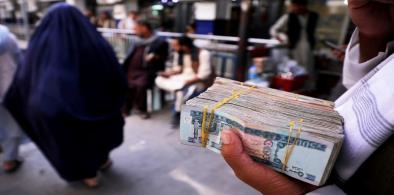
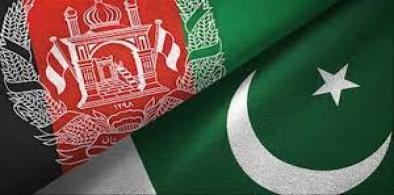
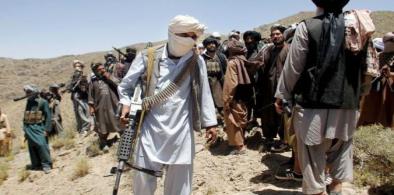

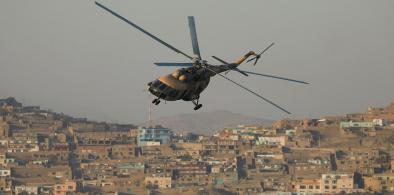







Post a Comment